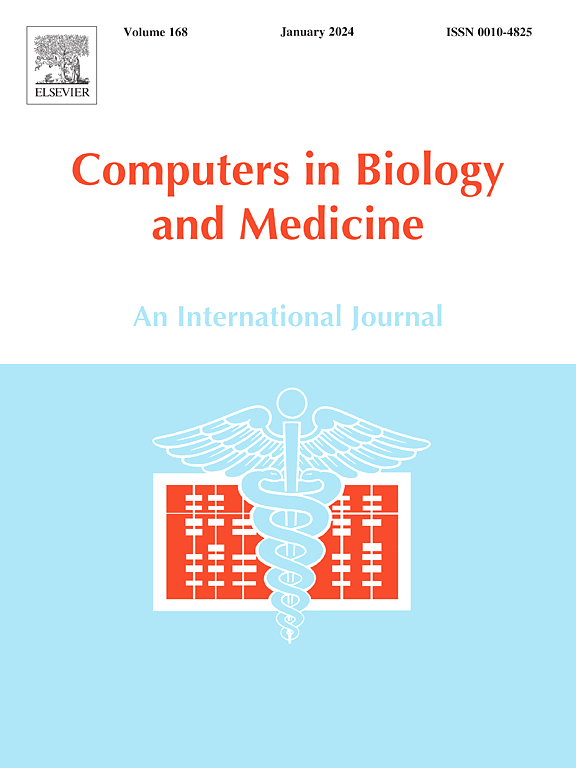Unsteady analysis of the airflow in human nasal airway – a computational study
IF 7
2区 医学
Q1 BIOLOGY
引用次数: 0
Abstract
Background and objective
Nasal cavity is the first line of defence against toxicants and pollutants. A deep understanding of the realistic airflow in the complex geometry is crucial to evaluate pollution impact and initiation of various respiratory diseases. Human respiration by nature is unsteady, having two phases – inhalation and exhalation. While prior studies are predominantly on the steady state considering only the inhalation phase, we are curious to understand and investigate the unsteady nature of human respiration.
Methods
A sinusoidal unsteady profile simulating a complete breathing cycle at a flow rate of 10 L/min is considered in this study. We have reconstructed a realistic human nasal cavity model from CT scans and with Ansys Fluent we have analysed the flow field. The time-evolving flow patterns and wall shear stress, in particular during the distinctive accelerating and decelerating breathing phases, are extracted. Critical transient insight to the unsteady breathing which is largely unknown in a steady simulation is revealed. Finally, the breathing air flux in the olfactory region are calculated under the transient breathing condition.
Results
Evolving flow pattern at different time instants gives a significant variation of the flow dynamics which would not be understood in a steady study. The main differences in inhalation and exhalation are the regions where the main flow is dominant, the location of the vortices around the olfactory and wall shear stress patterns. In addition, past history of peak flow has noticeable effects on flow fields during the deceleration phase, especially when the breathing rate is low. Finally, flow pathways into the olfactory region varies during inhalation and exhalation phases.
Conclusion
The cyclic information provides critical transient insight to the unsteady breathing which is largely unknown in a steady study. In the context of a fast-growing interest in nasal transport to accurately evaluate pollution impact and pathogen deposition, investigation on the flow and particle depositions under unsteady condition is valuable and highly desired.
求助全文
约1分钟内获得全文
求助全文
来源期刊

Computers in biology and medicine
工程技术-工程:生物医学
CiteScore
11.70
自引率
10.40%
发文量
1086
审稿时长
74 days
期刊介绍:
Computers in Biology and Medicine is an international forum for sharing groundbreaking advancements in the use of computers in bioscience and medicine. This journal serves as a medium for communicating essential research, instruction, ideas, and information regarding the rapidly evolving field of computer applications in these domains. By encouraging the exchange of knowledge, we aim to facilitate progress and innovation in the utilization of computers in biology and medicine.
 求助内容:
求助内容: 应助结果提醒方式:
应助结果提醒方式:


